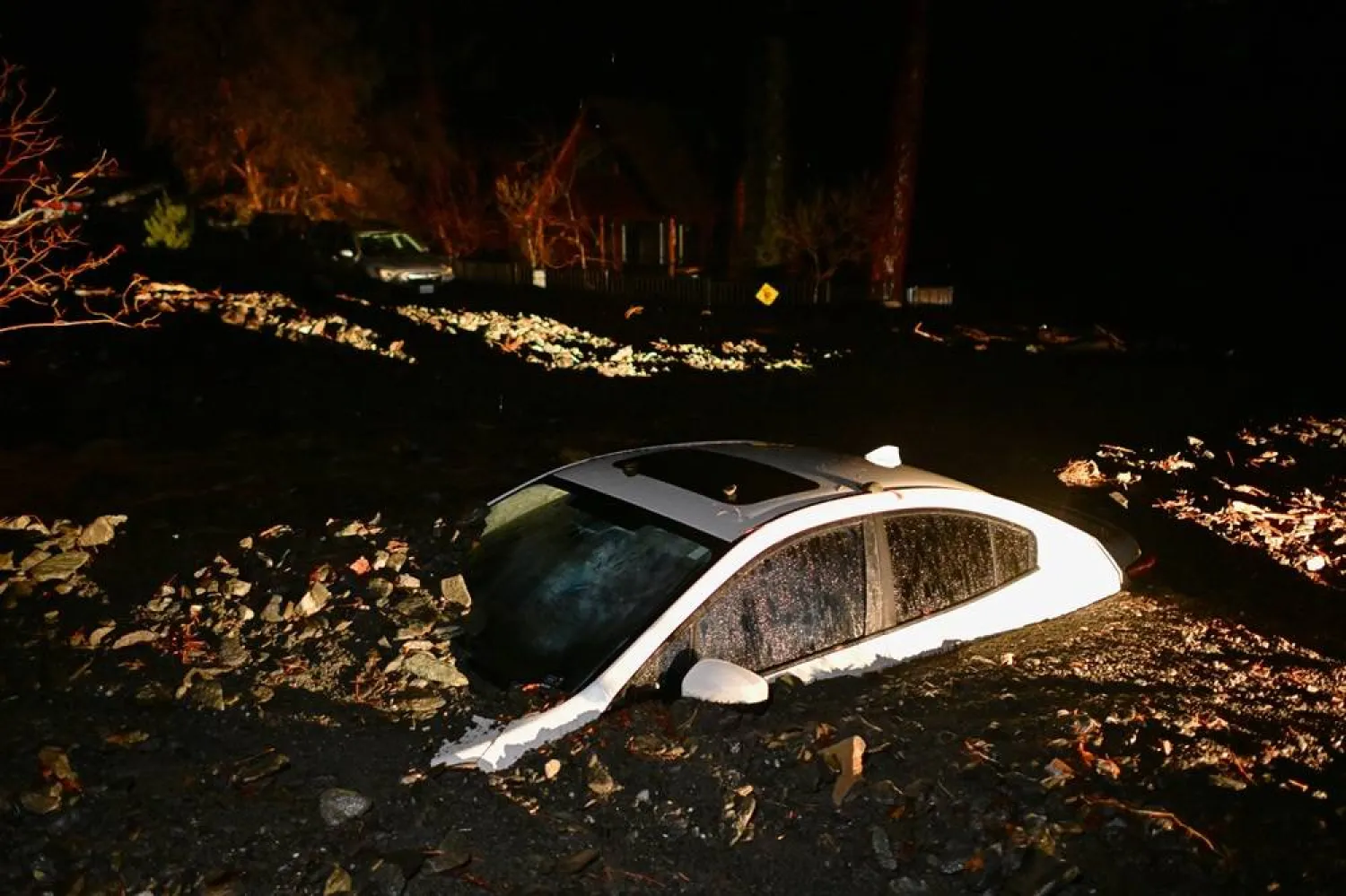Temperatures rose above 52 degrees Celsius (125.6 degrees Fahrenheit) in Pakistan’s southern province of Sindh, the highest reading of the summer and close to the country’s record high amid an ongoing heatwave, the met office said on Monday.
Extreme temperatures throughout Asia over the past month were made worse most likely as a result of human-driven climate change, a team of international scientists have said.
In Mohenjo Daro, a town in Sindh known for archaeological sites that date back to the Indus Valley Civilization built in 2500 BC, temperatures rose as high as 52.2 C (126 F) over the last 24 hours, a senior official of the Pakistan Meteorological Department, Shahid Abbas told Reuters.
The reading is the highest of the summer so far, and approached the town's and country's record highs of 53.5 C (128.3 F) and 54 C (129.2 F) respectively.
Mohenjo Daro is a small town that experiences extremely hot summers and mild winters, and low rainfall, but its limited markets, including bakeries, tea shops, mechanics, electronic repair shops, and fruit and vegetable sellers, are usually bustling with customers.
But with the current heatwave, shops are seeing almost no footfall.
"The customers are not coming to the restaurant because of extreme heat. I sit idle at the restaurant with these tables and chairs and without any customers," Wajid Ali, 32, who owns a tea stall in the town.
"I take baths several times a day which gives me a little relief. Also there is no power. The heat has made us very uneasy."
Close to Ali's shop is an electronic repairs shop run by Abdul Khaliq, 30, who was sat working with the shop's shutter half down to shield him from the sun. Khaliq also complained about the heat affecting business.
Local doctor Mushtaq Ahmed added that the locals have adjusted to living in the extreme weather conditions and prefer staying indoors or near water.
“Pakistan is the fifth most vulnerable country to the impact of climate change. We have witnessed above normal rains, floods,” Rubina Khursheed Alam, the prime minister’s coordinator on climate, said at a news conference on Friday adding that the government is running awareness campaigns due to the heatwaves.
The highest temperature recorded in Pakistan was in 2017 when temperatures rose to 54 C (129.2 F) in the city of Turbat, located in the Southwestern province of Balochistan. This was the second hottest in Asia and fourth highest in the world, said Sardar Sarfaraz, Chief Meteorologist at the Pakistan Meteorological Department
The heatwave will subside in Mohenjo Daro and surrounding areas, but another spell is expected to hit other areas in Sindh, including the capital, Karachi - Pakistan's largest city.









